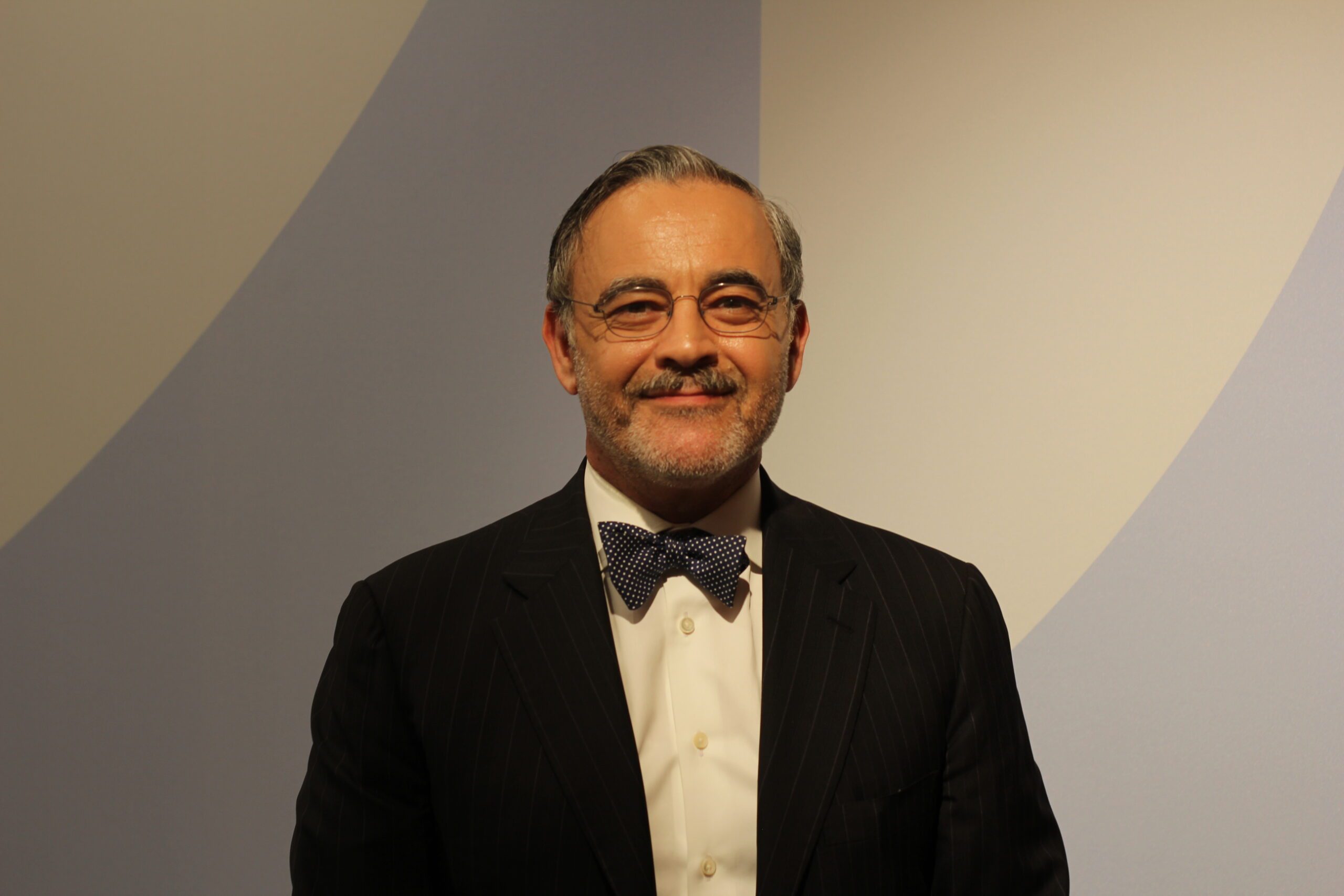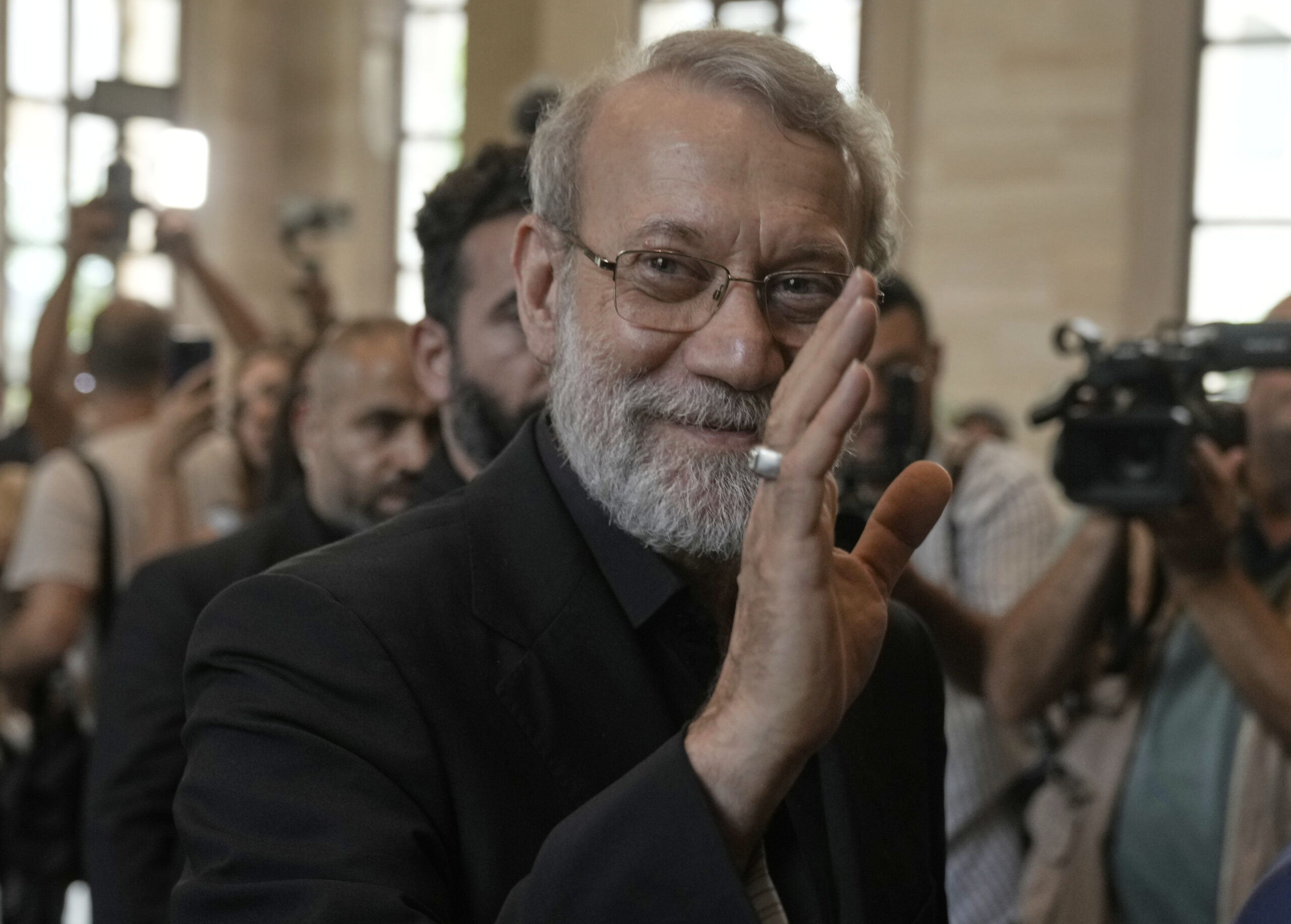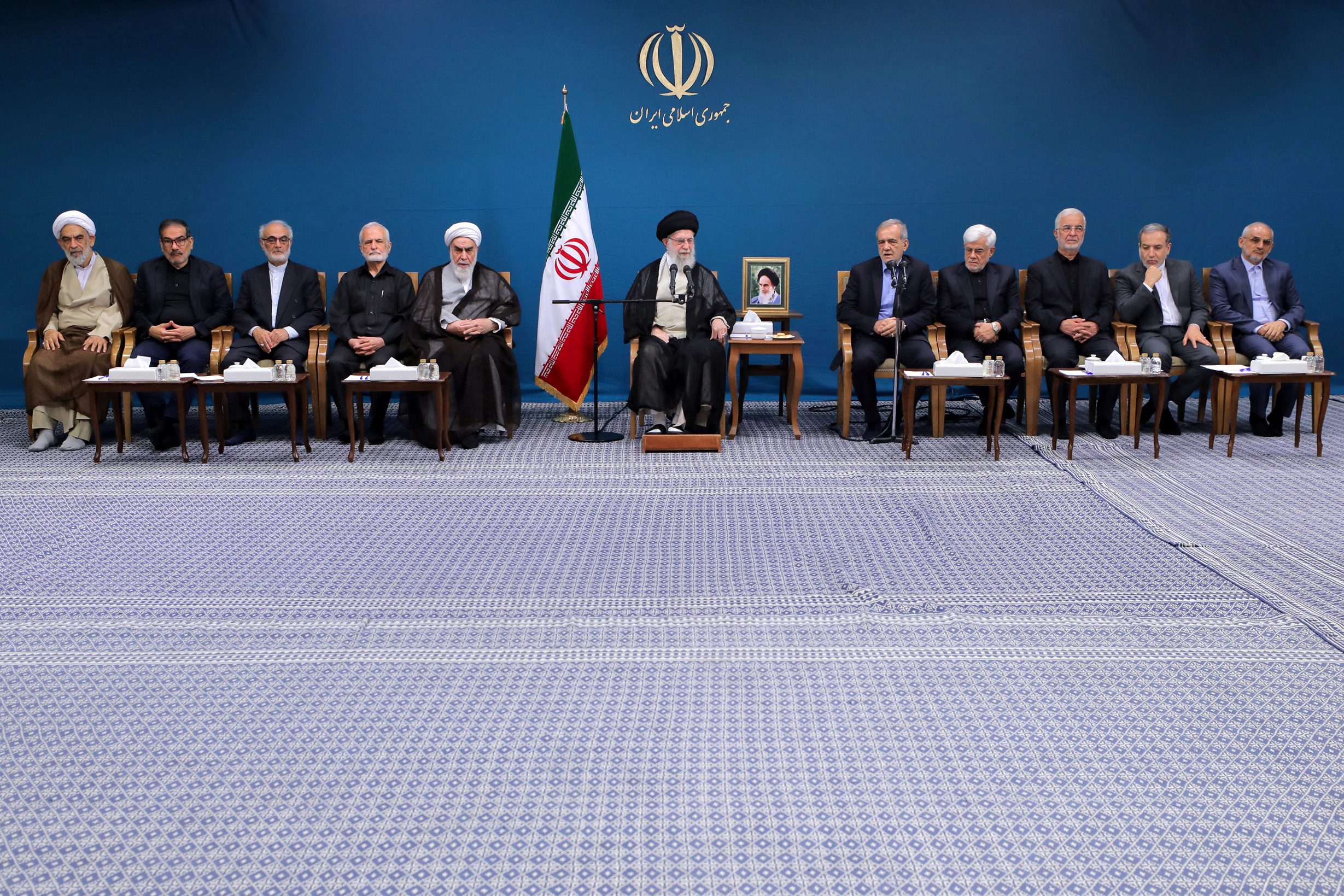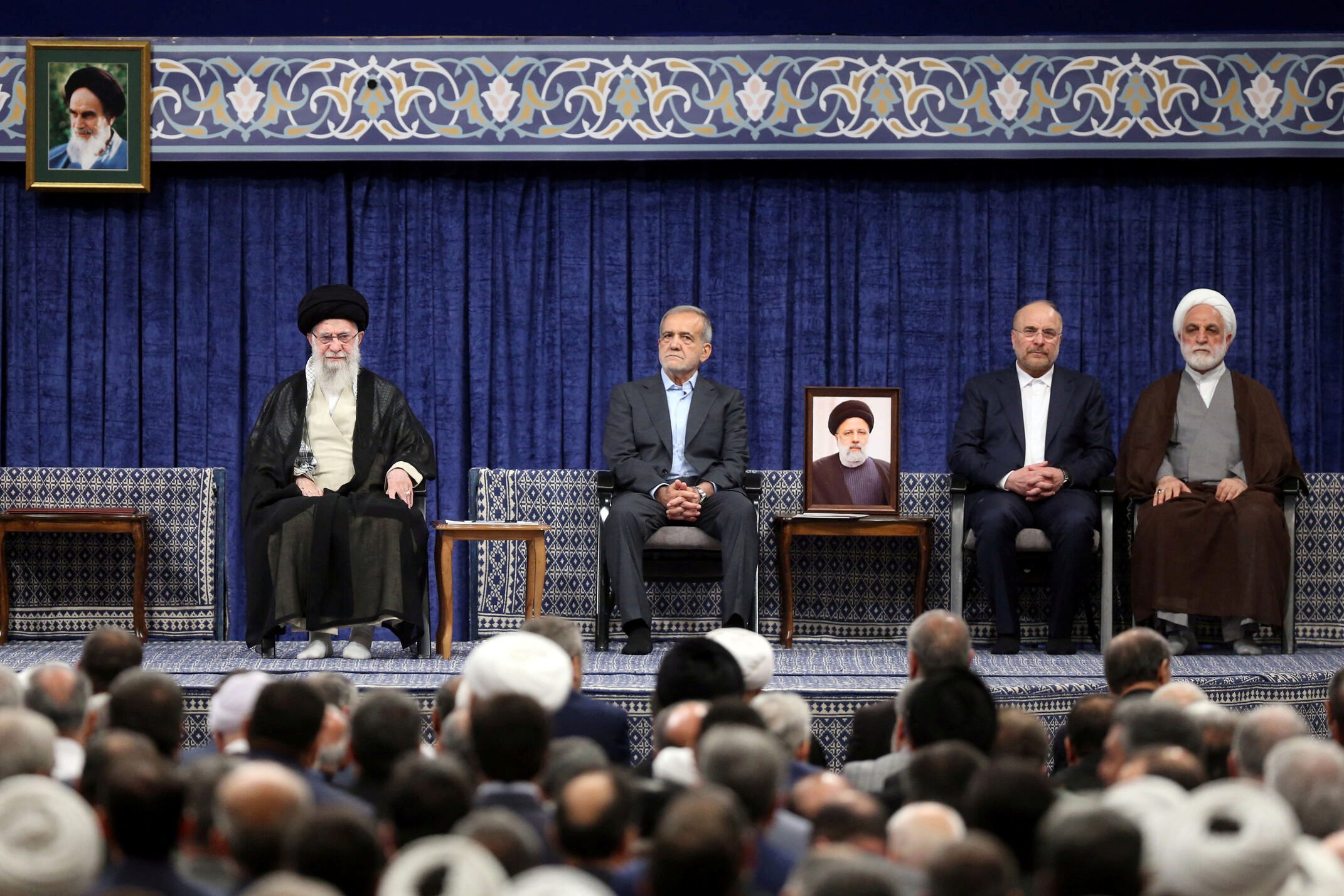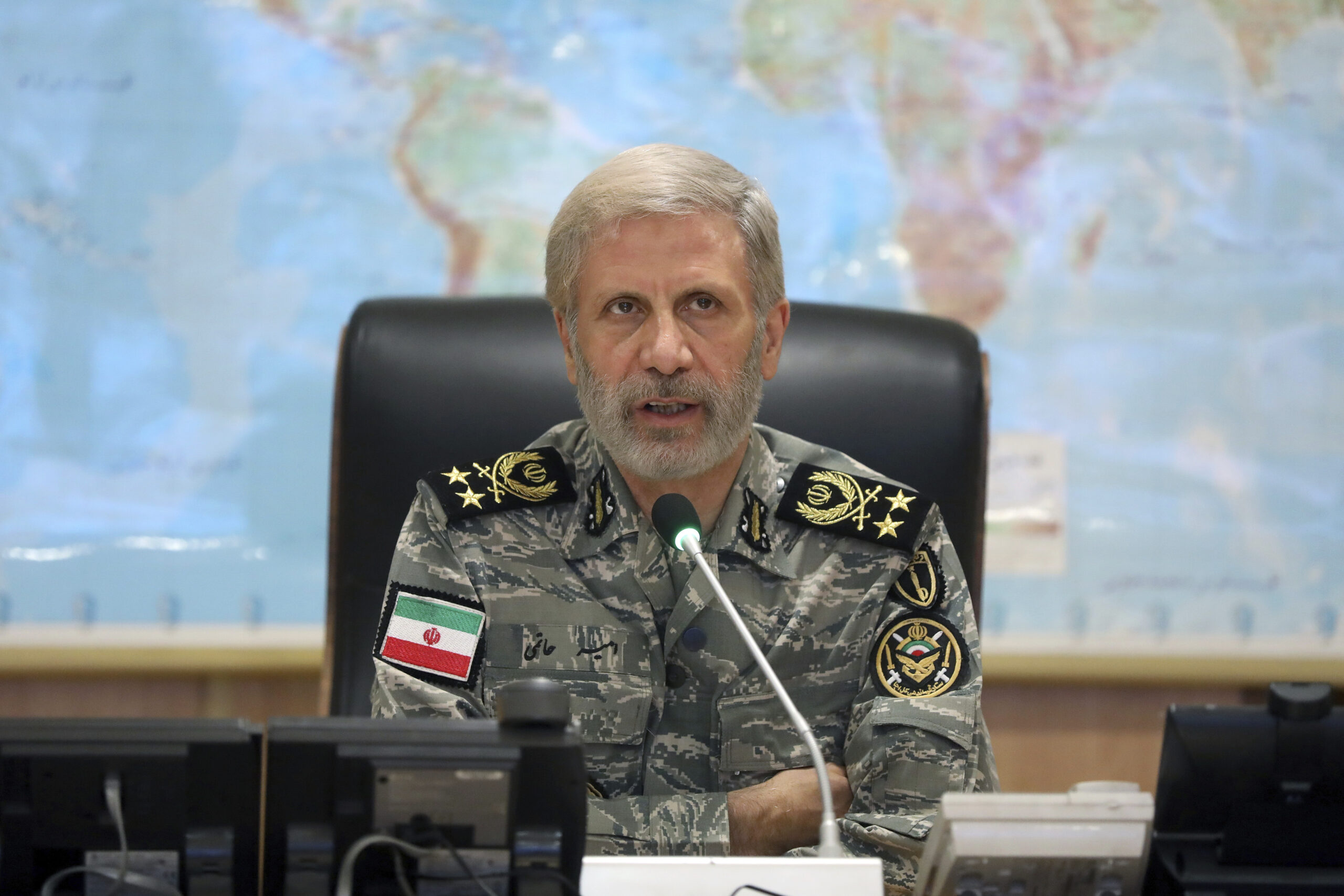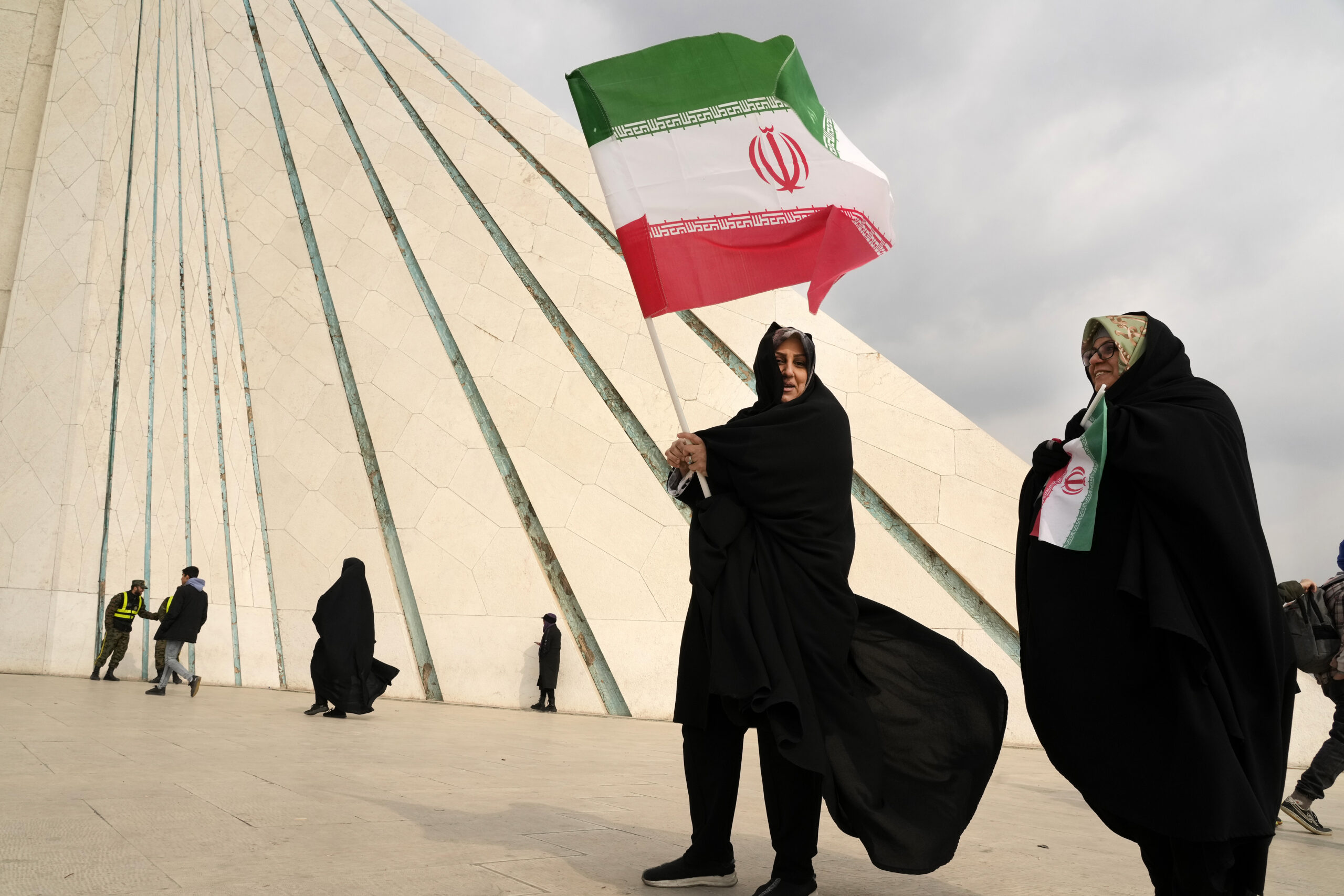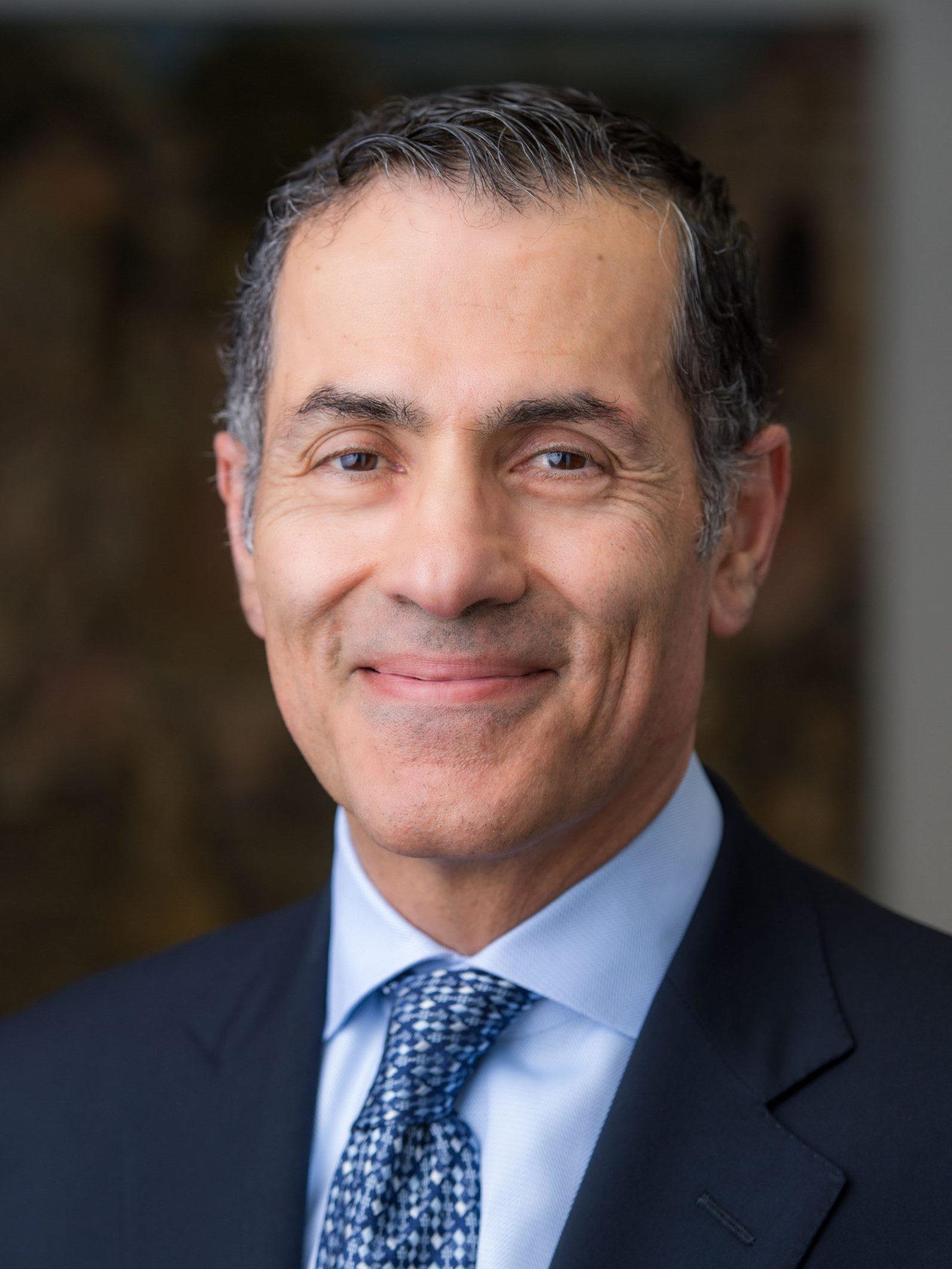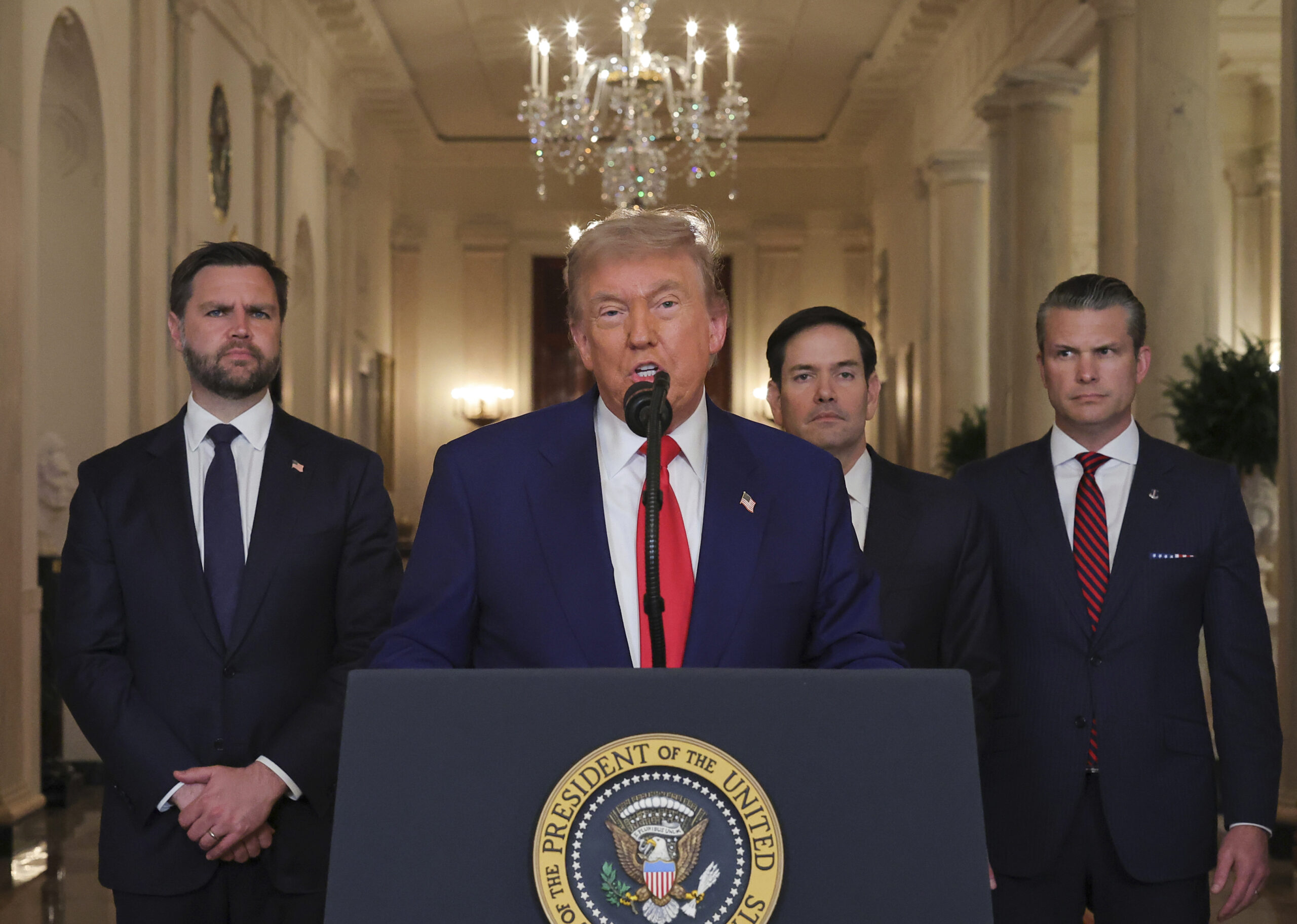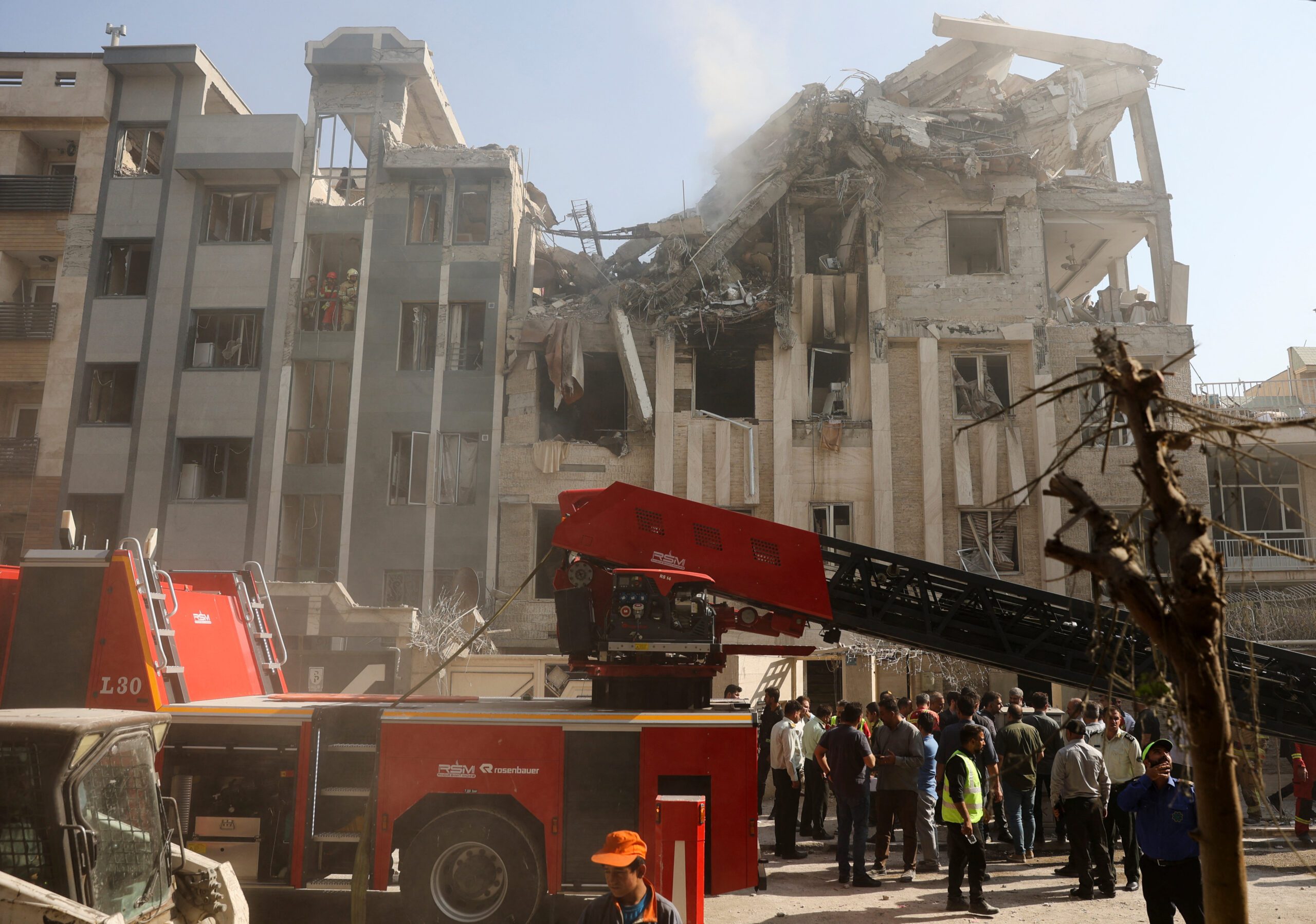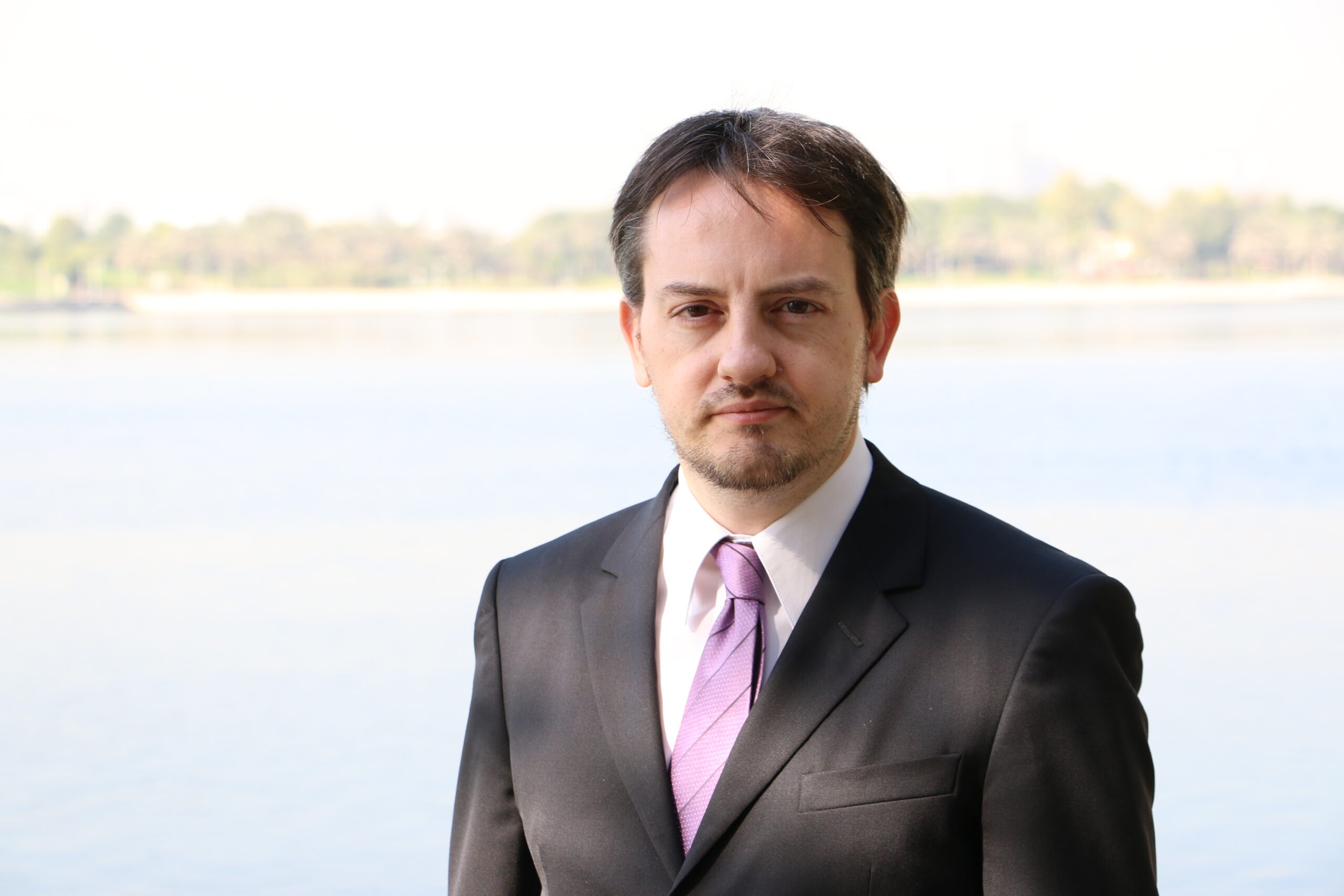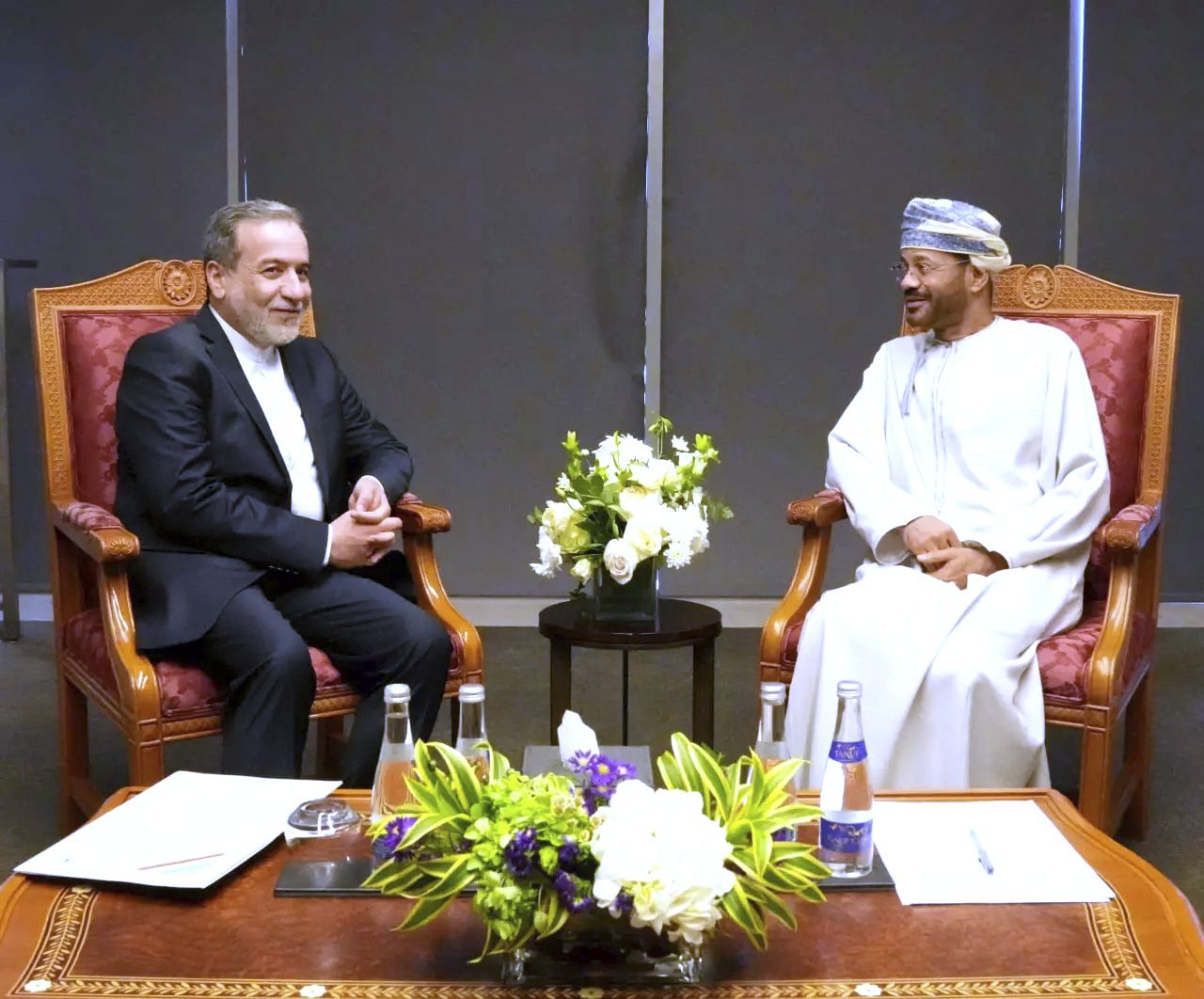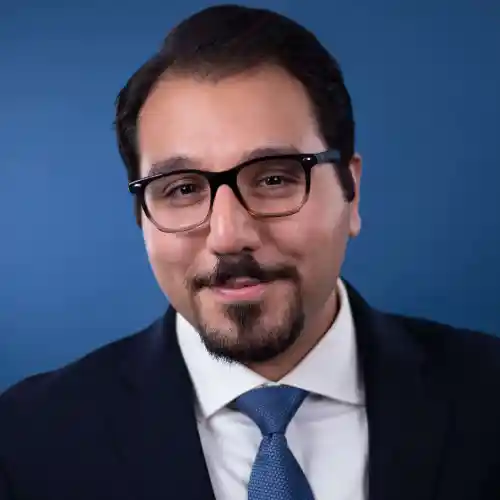Jan 3, 2025
Khamenei’s Suleimani Nostalgia
The January 3 edition of the Iran Media Review analyzes comments from Iran’s supreme leader commemorating the fifth anniversary of the killing of Quds Force chief Major General Qassim Suleimani.
Iranian Supreme Leader Ayatollah Ali Khamenei, speaking to family members of slain Iranian and Lebanese fighters, commemorated the fifth anniversary of the assassination of the Islamic Revolutionary Guard Corps Quds Force chief, Major General Qassim Suleimani. In his comments, Khamenei reflected on the period under Suleimani, which he sees as the height of Iran’s geopolitical leverage in the Middle East. Regarding future prospects, however, Khamenei’s rhetoric conveyed aspirations and hope but lacked an articulated strategic framework. The contrast between a “glorious” recent past and the more uncertain future was stark.
- January 1: Khamenei’s comments were transcribed on his official website:
- “Martyr Suleimani’s strategy for holy war was to establish the axis of resistance. What does it mean? It means utilizing all available capacities to mobilize youth within their respective nations. He succeeded in galvanizing national forces through tailored approaches – one method in Iraq, another in Syria, and a distinct strategy in Lebanon. For instance, in Iraq, the source of emulation,” a reference to Grand Ayatollah Ali Sistani, “issued a fatwa or decree mandating youth to resist the Islamic State. Thousands heeded the call, but what can unorganized youth achieve without proper infrastructure, arms, and training? It was Martyr Suleimani … who organized, armed, and provided essential training for these forces.”
- “Martyr Suleimani’s analysis of state affairs was neither narrow nor myopic. This is significant. He evaluated statecraft through an international and global lens. What does this entail? It means he recognized that events within the region or across the globe invariably reverberate within our nation. He adeptly identified external threats to the state emanating from abroad.”
- “One of the critical errors of certain nations is the marginalization of stabilizing forces – devout youth who are prepared to sacrifice their lives. These individuals constitute the backbone of national strength and must not be sidelined. Failure to integrate them, as seen in Syria, leads to chaos and foreign occupation. The American presence, the Zionist regime, and others have encroached on Syrian sovereignty, but their occupation cannot persist indefinitely. Syria belongs to its people. Those who violate its territorial integrity will ultimately be compelled to withdraw. The aggressors, including the Americans, who are continually establishing new military bases in Syria, will eventually be defeated by the resilience of the Syrian youth.”
- “Lebanon symbolizes the resistance. Despite being wounded, it remains unyielding and refuses to capitulate. The adversary inflicts damage but also suffers retaliatory blows. In the end, Hezbollah emerges victorious.”
The views represented herein are the author's or speaker's own and do not necessarily reflect the views of AGSI, its staff, or its board of directors.
